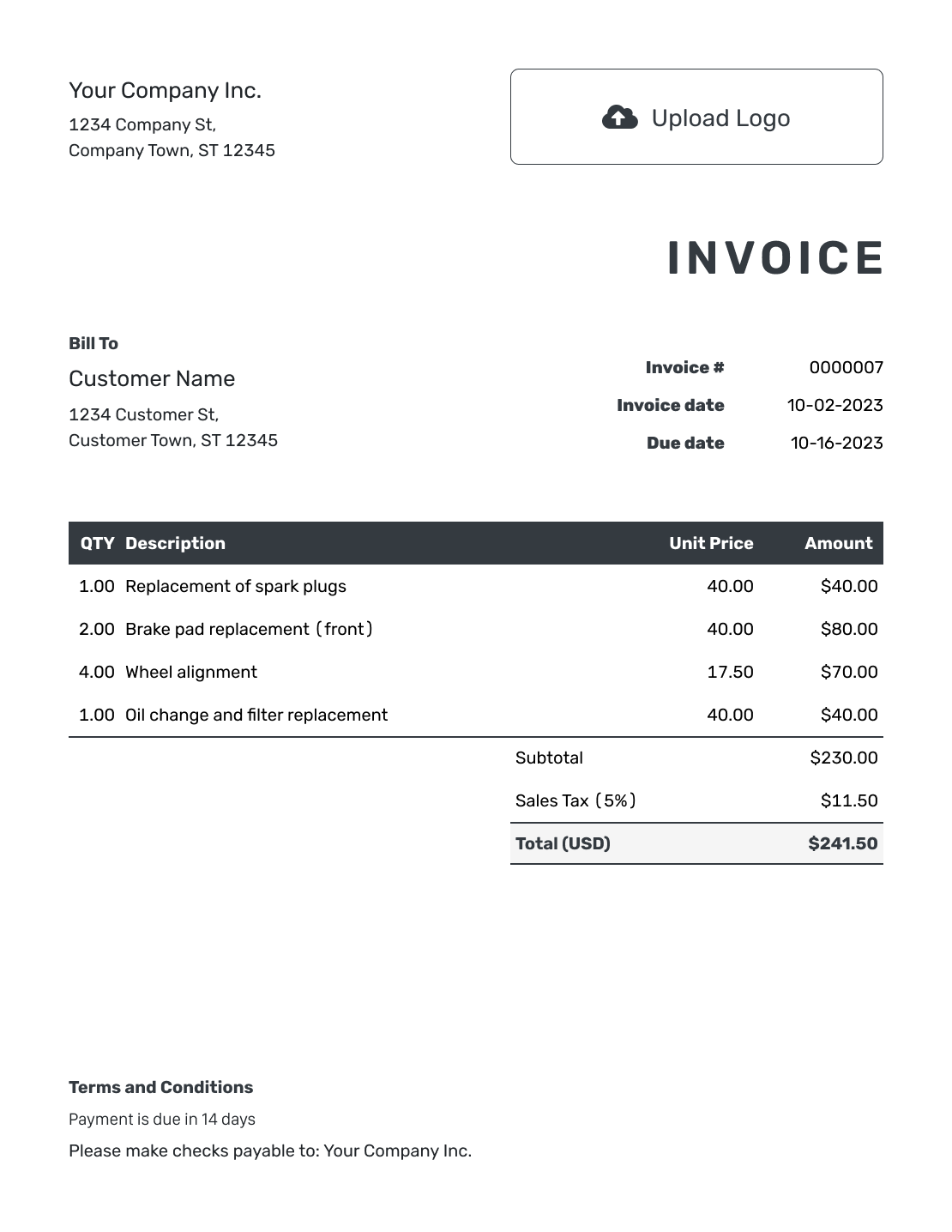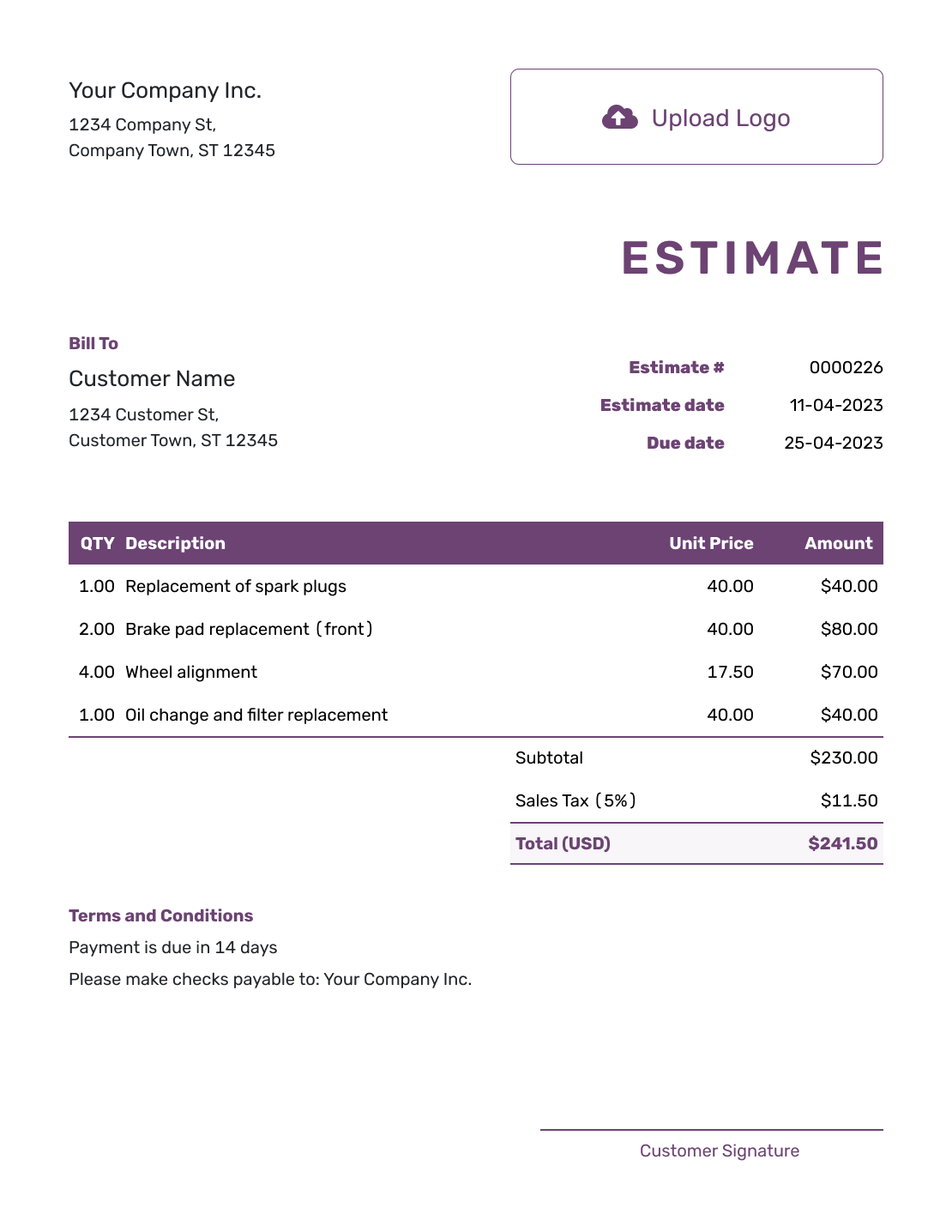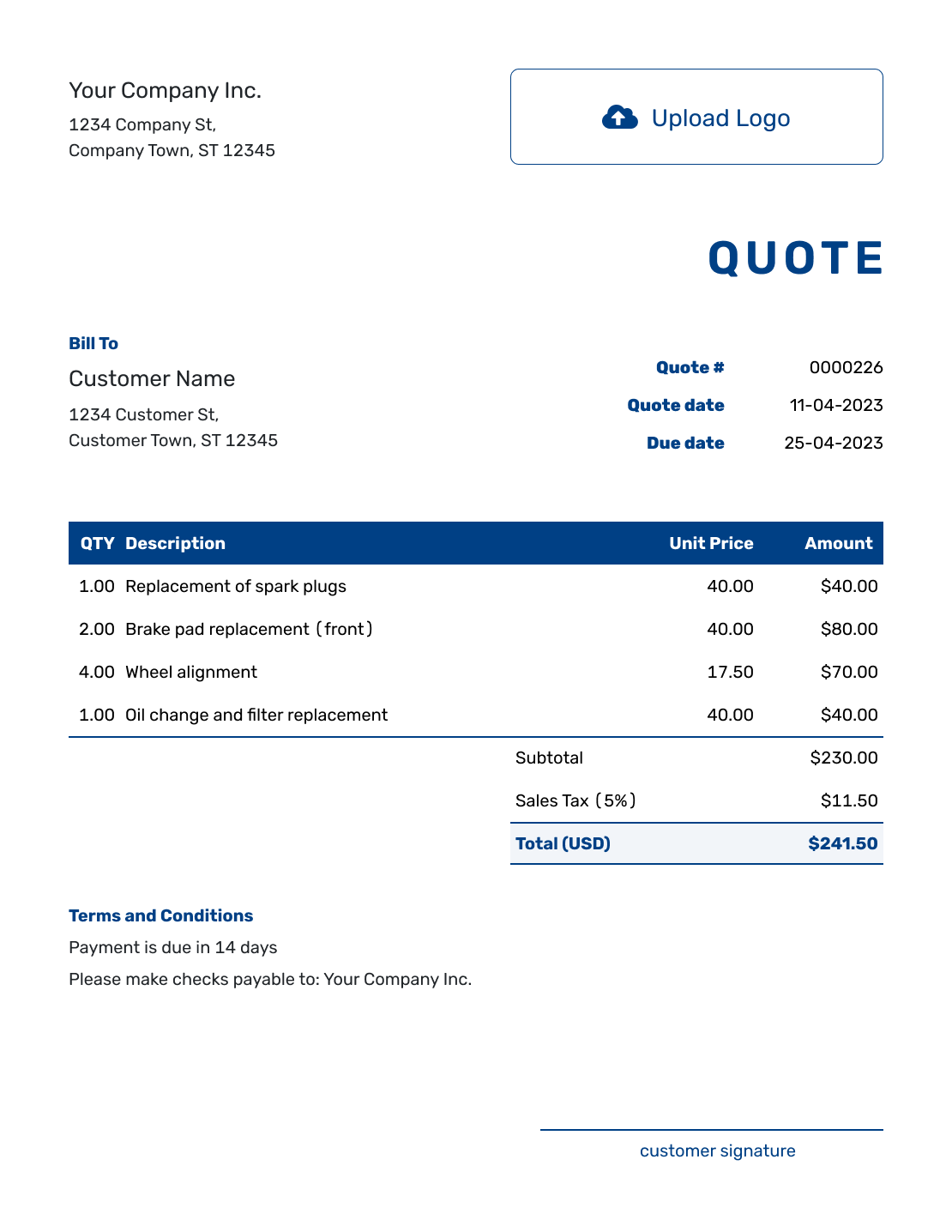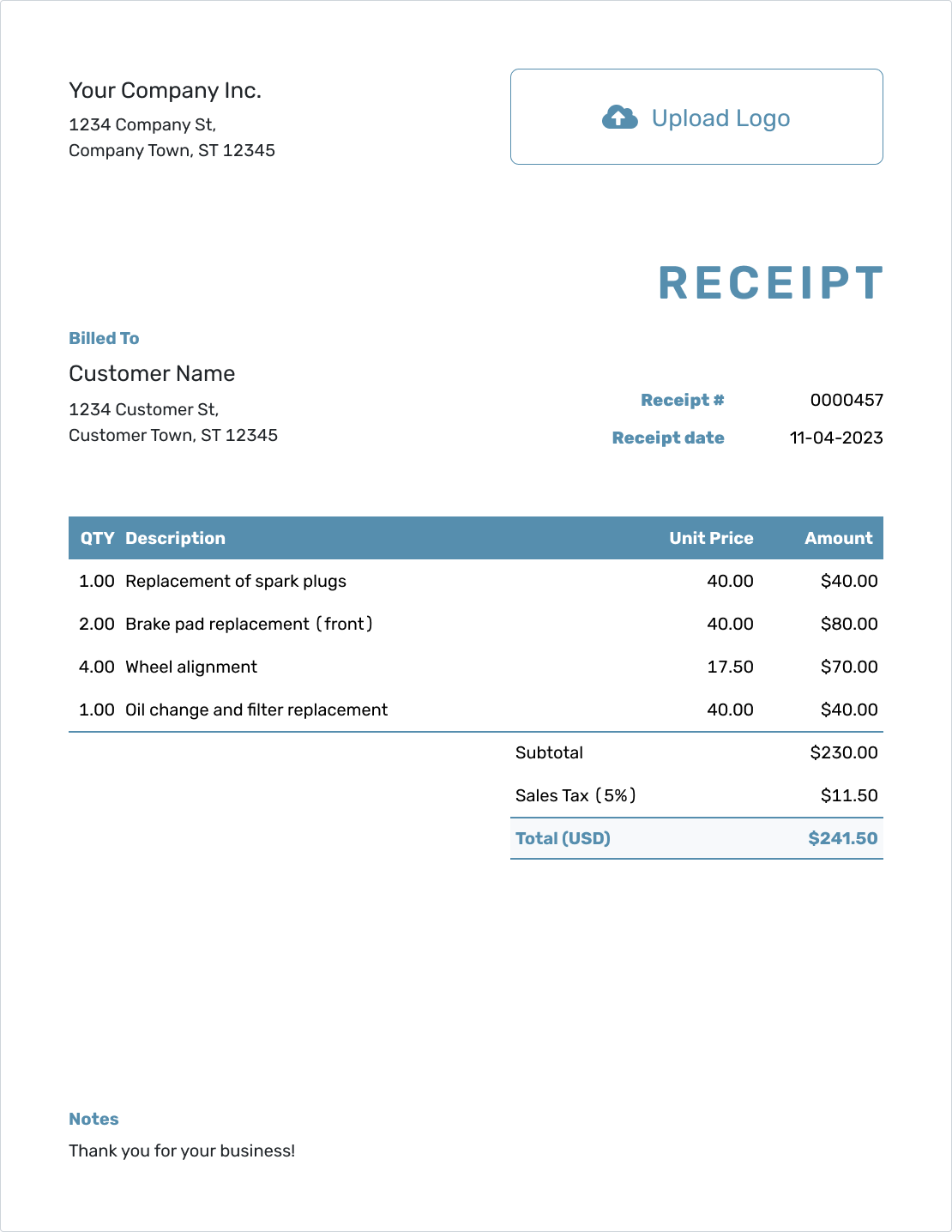Understanding
Direct Write Off Method
Est. reading time: 6 min

The direct write off method is one way businesses account for bad debts. It's simple to use and recognizes unpaid debts only when they are deemed uncollectible. Below, we’ll explain what this method is, how it works, and when to use it.
What Is the Direct Write Off Method?
The direct write off method is a way of accounting for bad debts. Businesses use this method to write off accounts receivable that they can no longer collect. Instead of estimating bad debts in advance, this method records them when they are confirmed as uncollectible.
For example, if a customer doesn't pay their invoice and you’ve exhausted all collection efforts, you record it as a bad debt expense.
How It Works
Using the direct write off method is straightforward. Here's how it works:
- Step 1: Identify an unpaid invoice or debt that is uncollectible.
- Step 2: Remove the amount from accounts receivable in your records.
- Step 3: Record the same amount as a bad debt expense.
Example: Let's say a customer owes $1,000 but goes out of business. You would record:
| Bad Debt Expense = | $1,000 |
This reduces accounts receivable by $1,000 and records a $1,000 expense on your income statement.
Pros and Cons
Like any accounting method, the direct write off method has its advantages and drawbacks:
Pros:
- Simplicity: It's easy to understand and apply.
- Accurate: Only actual bad debts are recorded.
Cons:
- Timing Issues: Doesn't match bad debt expenses with the sales that generated them.
- Not GAAP Compliant: This method doesn't align with Generally Accepted Accounting Principles for larger businesses.
When to Use It
The direct write off method is best for small businesses or those using cash basis accounting. It's ideal if you don't have many uncollectible accounts or if your invoices are typically paid quickly.
Larger businesses, or those using accrual accounting, often prefer the allowance method because it estimates bad debts in advance.
The Docelf Advantage
Managing bad debts and tracking payments is easier with clear financial records. Docelf helps you:
- Track Payments: See which invoices are overdue and follow up with ease.
- Stay Organized: Keep all your invoices and payment records in one place.
Ready to simplify your invoicing and payment tracking? Start your free trial with Docelf today!




